Home>Articles>What Thickness Of Drywall Is Best For Exterior Walls
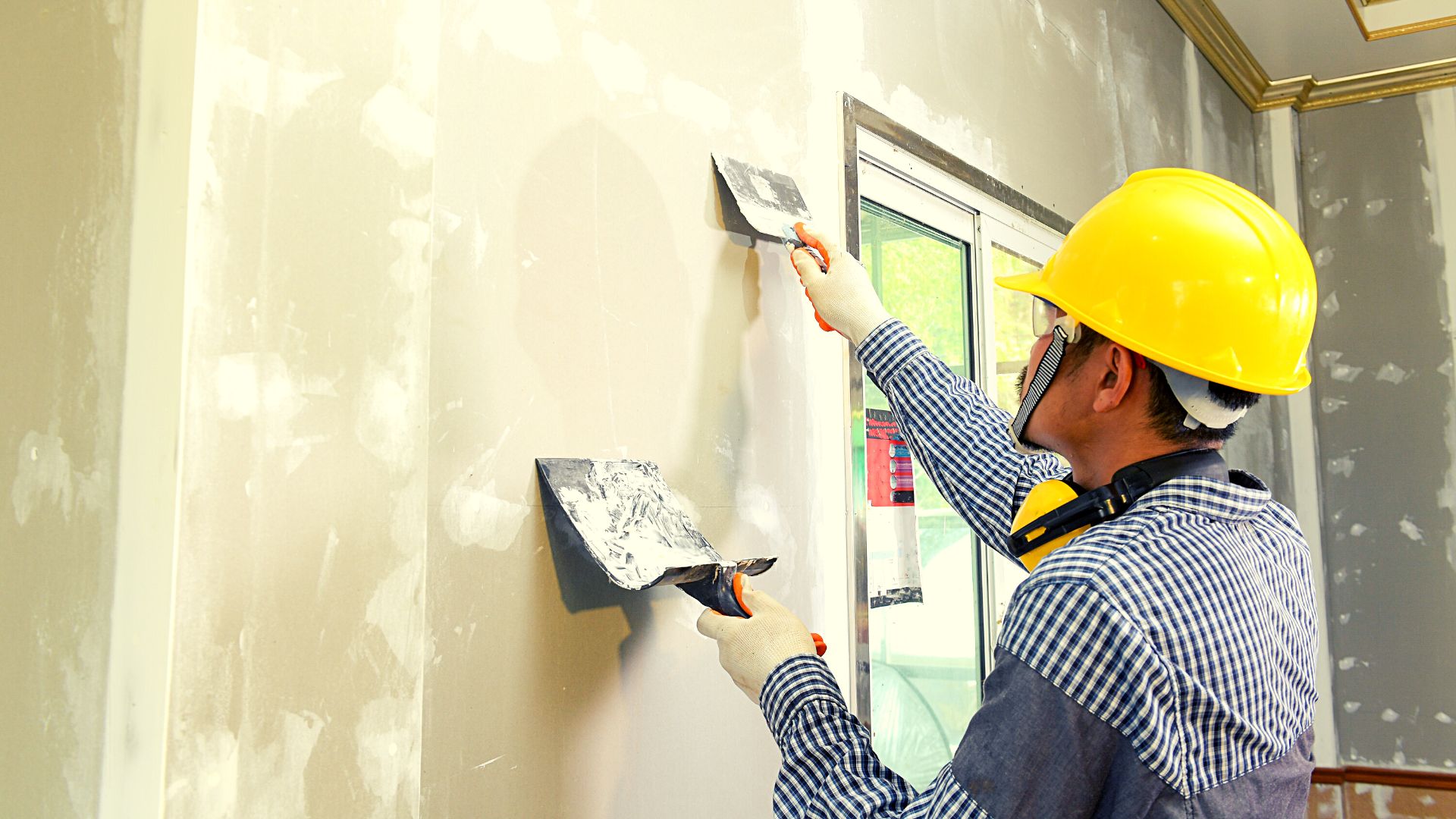

Articles
What Thickness Of Drywall Is Best For Exterior Walls
Modified: September 1, 2024
Discover the best thickness of drywall for exterior walls in this informative article. Ensure your construction project is done right with the right type of drywall.
(Many of the links in this article redirect to a specific reviewed product. Your purchase of these products through affiliate links helps to generate commission for Storables.com, at no extra cost. Learn more)
Introduction
When it comes to constructing exterior walls, choosing the right thickness of drywall is crucial. Drywall not only provides a smooth and durable surface for finishing, but it also plays a vital role in insulation, soundproofing, and overall structural integrity. Determining the appropriate thickness of drywall for exterior walls depends on various factors that must be considered carefully.
In this article, we will explore the key considerations when selecting the thickness of drywall for exterior walls. We will delve into the importance of durability, insulation, soundproofing, moisture resistance, and fire resistance. Furthermore, we will discuss the three common thickness options available for exterior walls: 1/2-inch, 5/8-inch, and 3/4-inch drywall.
By understanding these factors and options, you will be equipped with the knowledge to make an informed decision regarding the best drywall thickness for your exterior walls.
Key Takeaways:
- Thicker drywall, such as 5/8-inch or 3/4-inch options, offers enhanced durability, insulation, soundproofing, moisture resistance, and fire resistance for exterior walls, making it the preferred choice over 1/2-inch drywall.
- Consulting with professionals is crucial in selecting the most suitable drywall thickness for exterior walls, considering factors such as expected impact, insulation requirements, desired soundproofing levels, moisture exposure, and fire safety regulations.
Read more: How Thick Are Exterior Walls
Factors to consider when choosing drywall thickness for exterior walls
When it comes to selecting the appropriate thickness of drywall for exterior walls, there are several factors that need to be taken into consideration. Let’s take a closer look at each of these factors:
1. Durability and Strength:
The thickness of drywall directly affects its durability and strength. Thicker drywall is generally more resistant to impact and less prone to dents or damage. If your exterior walls are likely to be exposed to heavy traffic or potential impact, opting for a thicker drywall can provide added protection against wear and tear.
2. Insulation and Energy Efficiency:
Drywall contributes to the insulation of a building, which is crucial for maintaining a comfortable indoor temperature and reducing energy consumption. Thicker drywall has better insulation properties because it has a higher R-value, which measures its ability to resist heat transfer. If energy efficiency is a priority, choosing a thicker drywall can help keep your exterior walls well-insulated.
3. Soundproofing:
If you live in a noisy neighborhood or want to minimize sound transmission between rooms or floors, the thickness of your drywall can play a significant role. Thicker drywall has better soundproofing properties as it helps reduce airborne noise and vibrations. Choosing thicker drywall can create a more peaceful and quiet living environment.
4. Moisture Resistance:
Exterior walls are exposed to moisture from rain, humidity, or other sources. It is crucial to select drywall that can withstand these moisture conditions. Thicker drywall, such as moisture-resistant or mold-resistant options, can provide better protection against water damage and potential mold growth, especially in areas with high humidity or prone to water infiltration.
5. Fire Resistance:
When it comes to safety, fire resistance is a critical consideration for exterior walls. Thicker drywall typically has better fire-resistant properties and can provide additional protection in case of a fire. Choosing fire-resistant drywall, such as Type X or Type C, is highly recommended for exterior walls where fire safety is a concern.
By carefully considering these factors, you can select the most suitable drywall thickness for your exterior walls. The decision should align with your specific needs and priorities, taking into account the level of durability, insulation, soundproofing, moisture resistance, and fire resistance required for your project.
Durability and Strength
When selecting the thickness of drywall for your exterior walls, one of the primary factors to consider is durability and strength. The thickness of the drywall directly impacts its ability to withstand impact and resist damage.
Thicker drywall is generally more durable and can handle the wear and tear that exterior walls may experience. It is less prone to denting or cracking, making it a preferable choice for areas with high traffic or potential impact, such as hallways or entryways.
Another consideration is the type of construction and the level of structural stability required. If your exterior walls bear significant weight or support heavy objects, such as shelves or cabinets, opting for a thicker drywall can provide additional strength and reduce the risk of damage.
Furthermore, thicker drywall can help improve the overall stability and integrity of the walls. It provides a solid surface that is less likely to sag or warp, ensuring that your exterior walls remain structurally sound over time.
It is important to note that while thicker drywall offers increased durability and strength, it may also require additional support during installation. This may include using sturdy framing or ensuring proper anchoring to provide adequate support for the heavier drywall.
When considering the durability and strength of your exterior walls, it is essential to assess the specific needs of your space. Evaluate the potential for impact or damage and choose a drywall thickness that can withstand these factors. Consulting with a professional contractor or builder can be helpful in determining the best drywall thickness for your specific project.
Insulation and Energy Efficiency
Insulation and energy efficiency are crucial considerations when choosing the thickness of drywall for your exterior walls. Drywall plays a significant role in maintaining a comfortable indoor temperature and reducing energy consumption.
Thicker drywall generally provides better insulation properties compared to thinner options. The thickness of the drywall affects its R-value, which measures its resistance to heat transfer. A higher R-value indicates better insulation performance.
By choosing thicker drywall, you can enhance the thermal resistance of your exterior walls, minimizing heat loss during colder months and reducing the penetration of outside heat during hotter months. This helps to create a more comfortable living environment and can lead to cost savings on heating and cooling expenses.
Insulating your exterior walls effectively can also contribute to noise reduction. Thicker drywall provides additional sound absorption, blocking external noises and creating a quieter indoor space.
Additionally, thicker drywall helps to reduce drafts and air leakage, which improves energy efficiency. By creating a more airtight barrier, you can prevent the infiltration of outdoor air and the escape of conditioned indoor air, ultimately reducing the need for constant heating or cooling.
It is important to note that insulation requirements may vary depending on the climate zone you reside in. It is advisable to consult local building codes and energy efficiency guidelines to determine the recommended insulation levels in your area. This will help you make an informed decision regarding the appropriate drywall thickness for optimal insulation and energy efficiency.
Overall, considering insulation and energy efficiency factors, opting for thicker drywall can provide improved thermal performance, noise reduction, and energy savings. Analyzing the specific climate conditions and energy demands of your location will guide you in selecting the most suitable drywall thickness for your exterior walls.
Soundproofing
When selecting the thickness of drywall for your exterior walls, soundproofing is an important factor to consider. Thicker drywall can significantly contribute to reducing noise transmission, creating a quieter and more peaceful indoor environment.
Exterior walls are often exposed to various sources of noise, such as traffic, neighboring properties, or natural elements. Thicker drywall provides better sound insulation by absorbing and blocking sound waves, minimizing their transfer from the outside to the inside of your home.
The increased thickness of the drywall provides a denser barrier, making it more effective at reducing airborne noise. This is particularly beneficial if you live in a busy urban area, near a highway, or in close proximity to noisy neighbors.
Thicker drywall can also help with soundproofing between rooms or floors within your home. It serves as a barrier to limit the transmission of noise, ensuring that each space remains peaceful and undisturbed.
In addition to the thickness of the drywall, the use of sound-dampening materials, such as acoustic insulation or resilient channels, can further enhance soundproofing capabilities. These materials work in conjunction with thicker drywall to absorb and dampen vibrations and sound waves, resulting in a more soundproofed space.
It is important to note that while thicker drywall is generally more effective at soundproofing, it may not eliminate all noise entirely. Soundproofing also depends on other factors such as wall construction, insulation materials, and sealing gaps or cracks.
When considering soundproofing for your exterior walls, assess the level of noise you are dealing with and the desired sound reduction. Thicker drywall, combined with appropriate soundproofing techniques, can create a quieter and more serene living environment.
Consulting with acoustic experts or professionals in the field can provide further guidance on the best soundproofing methods and drywall thicknesses suitable for your specific needs.
Read more: How Thick Should Ceiling Drywall Be?
Moisture Resistance
Moisture resistance is a crucial factor to consider when choosing the thickness of drywall for your exterior walls. Exterior walls are exposed to various sources of moisture, such as rain, humidity, and potential water infiltration. Using drywall that can withstand these conditions is essential to prevent water damage and the growth of mold or mildew.
Thicker drywall, especially moisture-resistant or mold-resistant options, provides an added layer of protection against moisture. It has a higher density and is designed to resist water absorption, making it more resilient to water-related issues.
In areas with high humidity or where water intrusion is a concern, such as bathrooms, basements, or coastal regions, it is recommended to opt for thicker drywall. Thicker drywall can help to prevent moisture from seeping through the walls and causing damage.
It is important to note that thickness alone does not guarantee complete moisture resistance. Proper installation techniques, including sealing joints and using appropriate moisture barriers, are also critical in achieving optimal moisture protection for your exterior walls. Consulting with professionals who specialize in moisture barrier installation can ensure that your drywall system is well-protected.
Regular maintenance and vigilance are also essential in preventing moisture-related issues. Inspecting your exterior walls, looking for signs of water damage or leaks, and addressing them promptly can help maintain the integrity and longevity of your drywall.
Considering the moisture resistance of your drywall is particularly important when remodeling or building in areas prone to high levels of moisture or in regions with a humid climate. Thicker drywall, coupled with proper moisture management practices, is an effective strategy for safeguarding your exterior walls against moisture-related problems.
By choosing the appropriate drywall thickness and implementing proper moisture resistance strategies, you can ensure the durability and longevity of your exterior walls, even in environments where moisture is a constant challenge.
For exterior walls, it is best to use 5/8 inch thick drywall to provide better insulation, soundproofing, and fire resistance compared to thinner options like 1/2 inch.
Fire Resistance
When it comes to the safety of your home, fire resistance is a critical consideration for your exterior walls. Thicker drywall offers better fire resistance properties and can provide an additional layer of protection in case of a fire.
Fire-resistant drywall, commonly known as Type X or Type C drywall, is designed to slow down the spread of fire and provide a barrier against flames and heat. It is composed of special materials that are resistant to fire and can withstand high temperatures for a longer period compared to standard drywall.
Thicker drywall, such as 5/8-inch or 3/4-inch options, is commonly used for fire-resistant applications. The increased thickness allows for more layers of fire-resistant material within the drywall, enhancing its ability to delay the spread of flames and protect the structural integrity of the wall.
When installed properly, fire-resistant drywall can help contain the fire to a specific area, giving occupants more time to evacuate and emergency responders more time to contain the flames.
It is important to note that while thicker drywall provides better fire resistance, it is not a substitute for other fire safety measures. It should be used in conjunction with other fire safety practices, such as installing smoke detectors, fire extinguishers, and maintaining clear escape routes.
It is crucial to comply with local building codes and regulations when it comes to fire safety. These codes may specify the required fire resistance rating for exterior walls based on factors such as the building type, occupancy, and proximity to other structures.
Consulting with professionals who specialize in fire safety and construction can provide valuable guidance in selecting the appropriate drywall thickness and incorporating the necessary fire safety measures for your specific project.
Prioritizing fire resistance when choosing the thickness of your drywall for exterior walls is an important step in creating a safer living environment for you and your family.
Best drywall thickness options for exterior walls
Now that we have explored the factors to consider when choosing the thickness of drywall for exterior walls, let’s take a closer look at the three common options available: 1/2-inch, 5/8-inch, and 3/4-inch drywall.
1. 1/2-inch drywall:
1/2-inch drywall is the most common thickness used for interior walls and ceilings. However, it is not typically recommended for exterior walls, especially in areas prone to impact, high traffic, or extreme weather conditions. It offers minimal resistance to impact and may not provide adequate insulation or soundproofing for exterior applications.
2. 5/8-inch drywall:
5/8-inch drywall is commonly used for its improved durability and fire resistance. It is the minimum thickness required for most fire-rated assemblies, making it suitable for exterior walls where fire safety is a concern. It offers better insulation and soundproofing compared to 1/2-inch drywall. 5/8-inch drywall also provides enhanced resistance against impact and is recommended for areas with higher traffic or potential damage.
3. 3/4-inch drywall:
3/4-inch drywall is the thickest option available and offers the highest level of durability and strength. It provides excellent impact resistance and is suitable for areas that require additional structural stability or support heavy objects. 3/4-inch drywall also offers improved soundproofing and insulation properties compared to thinner options.
The best drywall thickness for your exterior walls depends on the specific needs and requirements of your project. If you prioritize fire resistance, soundproofing, and impact resistance, 5/8-inch drywall is a recommended choice. If you need maximum durability and strength, especially in high-traffic areas, 3/4-inch drywall would be a suitable option.
It is important to consult with professionals, such as contractors or builders, who can assess your specific project requirements and provide expert advice on the best drywall thickness for your exterior walls.
By considering the factors discussed earlier and evaluating the benefits of each drywall thickness option, you can make an informed decision that ensures both the functionality and longevity of your exterior walls.
1/2-inch drywall
1/2-inch drywall is the most commonly used thickness for interior walls and ceilings. It is lightweight and easy to handle, making it a popular choice for residential construction and renovations. However, when it comes to exterior walls, 1/2-inch drywall may not be the best option.
One of the main concerns with 1/2-inch drywall for exterior walls is its lack of durability and strength. This thickness is more prone to damage from impact or pressure, especially in areas with high traffic or the potential for accidental bumps. Exterior walls are often exposed to more wear and tear, so opting for a thicker drywall can provide better protection against dents and cracks.
Additionally, 1/2-inch drywall offers limited insulation properties. While it can provide some basic thermal resistance, it may not be enough to meet the energy efficiency needs of exterior walls. Thicker drywall with a higher R-value is better equipped to provide optimal insulation, helping to regulate the temperature and reduce energy consumption.
Soundproofing is another consideration when choosing drywall thickness. Thinner drywall may not offer sufficient sound insulation for exterior walls, allowing noise to penetrate more easily. Thicker drywall, on the other hand, with its greater density, can provide better soundproofing capabilities, creating a quieter and more peaceful living environment.
Moisture resistance is also a crucial factor for exterior walls. While untreated 1/2-inch drywall can withstand minor moisture contact, it is not recommended for areas with high humidity or a high risk of water infiltration. Thicker drywall options, such as moisture-resistant or mold-resistant drywall, provide better protection against moisture-related issues, including potential mold growth.
In terms of fire resistance, 1/2-inch drywall does not offer the same level of fire protection as thicker options. Thicker drywall, such as 5/8-inch or 3/4-inch, is usually required for fire-rated assemblies, providing a higher level of fire resistance and safety.
In summary, while 1/2-inch drywall may be suitable for interior walls, it is not the best choice for exterior walls. Thicker drywall options should be considered to ensure better durability, insulation, soundproofing, moisture resistance, and fire resistance for the exterior walls of your home or building.
Consulting with professionals or construction experts can provide valuable guidance on selecting the appropriate drywall thickness for your specific project needs.
5/8-inch drywall
When it comes to choosing the right thickness of drywall for exterior walls, 5/8-inch drywall is a popular and highly recommended option. It offers several advantages over thinner drywall options and is widely used in many construction projects.
One of the primary reasons to consider 5/8-inch drywall is its improved durability and strength. Compared to 1/2-inch drywall, 5/8-inch drywall offers better resistance to impact and is less prone to dents or damage. This makes it a suitable choice for exterior walls, which are more likely to be exposed to wear and tear.
Another significant benefit of 5/8-inch drywall is its enhanced fire resistance properties. It is the minimum thickness required for most fire-rated assemblies, making it suitable for exterior walls where fire safety is a concern. It can withstand higher temperatures for a longer period, providing a barrier against flames and heat in the event of a fire.
Insulation and energy efficiency are also important considerations, and 5/8-inch drywall excels in this area. With a greater thickness, it typically offers better insulation properties compared to thinner options. This means that it can help regulate indoor temperatures, reduce energy loss, and potentially lower heating and cooling costs.
When it comes to soundproofing, 5/8-inch drywall provides an advantage over thinner drywall. Its increased thickness helps to absorb and block sound waves, minimizing noise transmission from outside and between rooms. This can create a more peaceful and quiet living environment, especially in areas with high noise levels.
Moisture resistance is another consideration for exterior walls, and while 5/8-inch drywall is not specifically designed to be moisture-resistant, it can still provide some protection. However, in areas prone to high humidity or water intrusion, it is recommended to use additional moisture-resistant drywall or proper moisture management techniques to prevent potential damage.
In summary, 5/8-inch drywall is a versatile and reliable option for exterior walls. Its increased thickness offers improved durability, fire resistance, insulation, and soundproofing. However, it is important to carefully assess your specific project’s needs and consult with professionals to ensure that 5/8-inch drywall is the right choice for your exterior wall construction or renovation.
3/4-inch drywall
When it comes to the thickness of drywall for exterior walls, 3/4-inch drywall is the thickest option available and offers a multitude of benefits. With its greater thickness, 3/4-inch drywall provides enhanced durability, strength, and other advantageous properties.
One of the primary advantages of 3/4-inch drywall is its exceptional durability. This thickness makes it highly resistant to impact and less prone to dents or cracks, making it an excellent choice for exterior walls that may be exposed to heavy traffic or potential damage.
In terms of strength, 3/4-inch drywall offers superior performance. Its thicker composition provides added structural stability, making it ideal for areas that require extra support or have specific weight-bearing requirements. It can support the weight of heavy objects such as shelves, cabinetry, or television mounts without compromising its integrity.
Soundproofing is another significant benefit of 3/4-inch drywall. Its greater density helps absorb and dampen sound vibrations, reducing noise transmission from outside and between rooms. This can create a more peaceful and private living environment, especially in areas with high levels of ambient noise.
Moisture resistance is another consideration, and while 3/4-inch drywall is not specifically designed as a moisture-resistant option, its increased thickness can provide some level of additional protection against moisture. However, it is still important to use appropriate moisture management techniques, such as proper installation and sealing, in areas prone to moisture or water intrusion.
Fire resistance is another advantage of 3/4-inch drywall. While not specifically fire-rated like some thinner options, its thicker composition provides better fire resistance compared to thinner drywall choices. It can help slow down the spread of flames and protect the structural integrity of the walls, providing increased safety in case of a fire.
Overall, 3/4-inch drywall offers exceptional durability, strength, soundproofing, and fire resistance for exterior walls. However, it is important to consider the specific needs of your project and consult with professionals to ensure that 3/4-inch drywall is appropriate for your construction or renovation plans.
Keep in mind that the added thickness of 3/4-inch drywall may require additional support during installation, including sturdy framing or proper anchoring. Consulting with experts in the field can provide valuable guidance and ensure a successful installation process for your exterior walls.
Conclusion
Choosing the right thickness of drywall for your exterior walls is a crucial decision that can impact the durability, insulation, soundproofing, moisture resistance, and fire resistance of your space. By considering the various factors discussed, you can make an informed decision that meets the specific needs of your project.
While 1/2-inch drywall is commonly used for interior walls, it is generally not recommended for exterior walls due to its lack of durability, limited insulation properties, and reduced soundproofing capabilities. Thicker drywall options, such as 5/8-inch and 3/4-inch, offer numerous advantages that make them better suited for exterior walls.
5/8-inch drywall provides improved durability, enhanced fire resistance, better insulation properties, and stronger soundproofing compared to 1/2-inch drywall. It is often the minimum requirement for fire-rated assemblies, making it suitable for areas where fire safety is a concern.
On the other hand, 3/4-inch drywall offers exceptional durability, superior strength, enhanced soundproofing, and increased fire resistance. It provides added structural stability, making it ideal for areas that require additional support or have specific weight-bearing requirements.
It is important to consider the specific needs of your project, including factors such as expected impact, insulation requirements, desired soundproofing levels, moisture exposure, and fire safety regulations. Consulting with professionals in the field can provide valuable guidance and ensure that you select the most suitable drywall thickness for your exterior walls.
By choosing the right drywall thickness, you can enhance the overall performance and longevity of your exterior walls, providing you with a functional, safe, and comfortable living or working environment.
Ready to take your DIY skills up a notch? After mastering the right drywall thickness for exterior walls, why not learn the ropes of structuring those walls yourself? Our guide on wall framing provides straightforward tips that simplify the process. Once those walls are up, consider giving your space a fresh vibe with some new flooring. We've rounded up home renovation ideas focusing on the top hardwood floors that could transform any room from bland to grand.
Frequently Asked Questions about What Thickness Of Drywall Is Best For Exterior Walls
Was this page helpful?
At Storables.com, we guarantee accurate and reliable information. Our content, validated by Expert Board Contributors, is crafted following stringent Editorial Policies. We're committed to providing you with well-researched, expert-backed insights for all your informational needs.
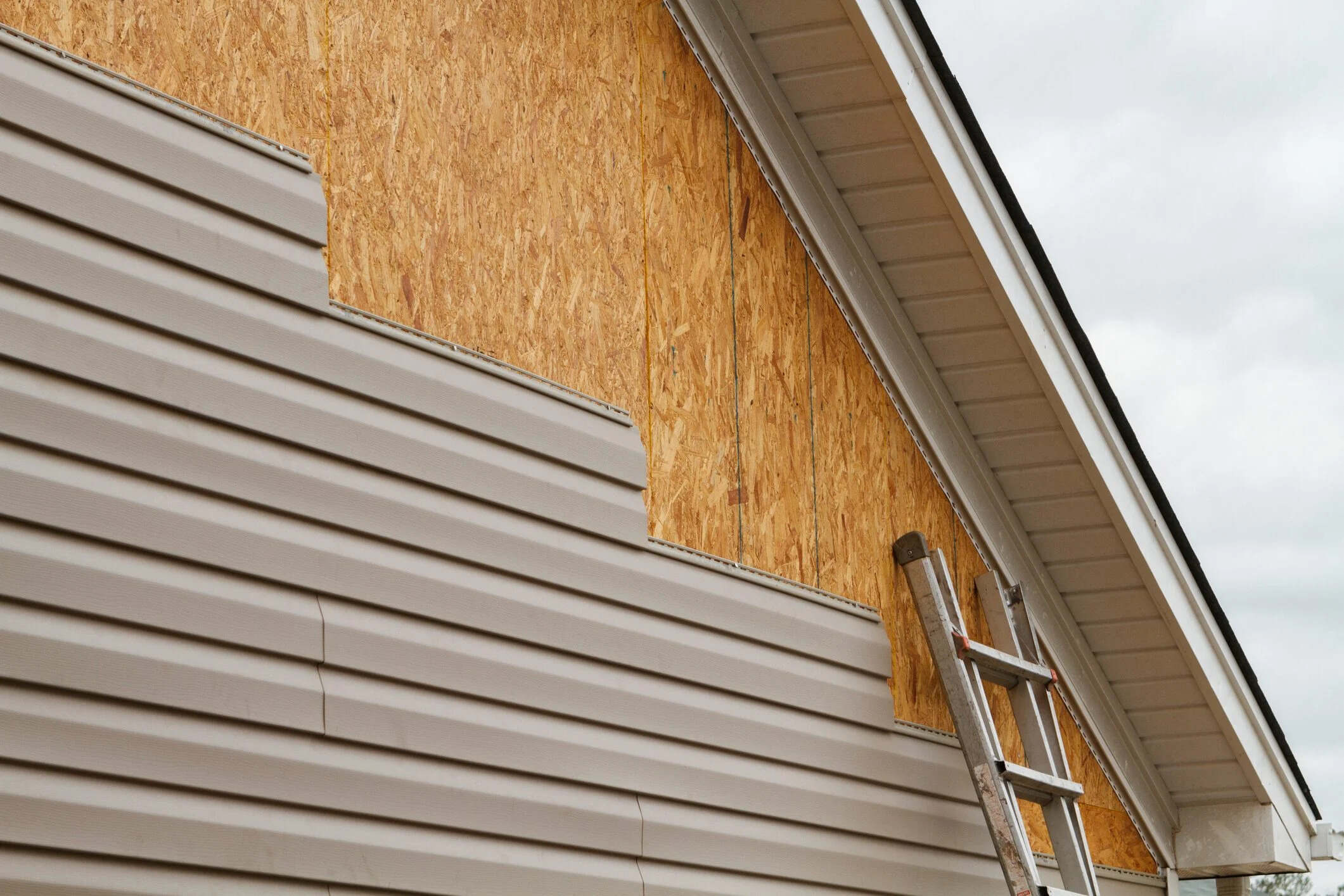
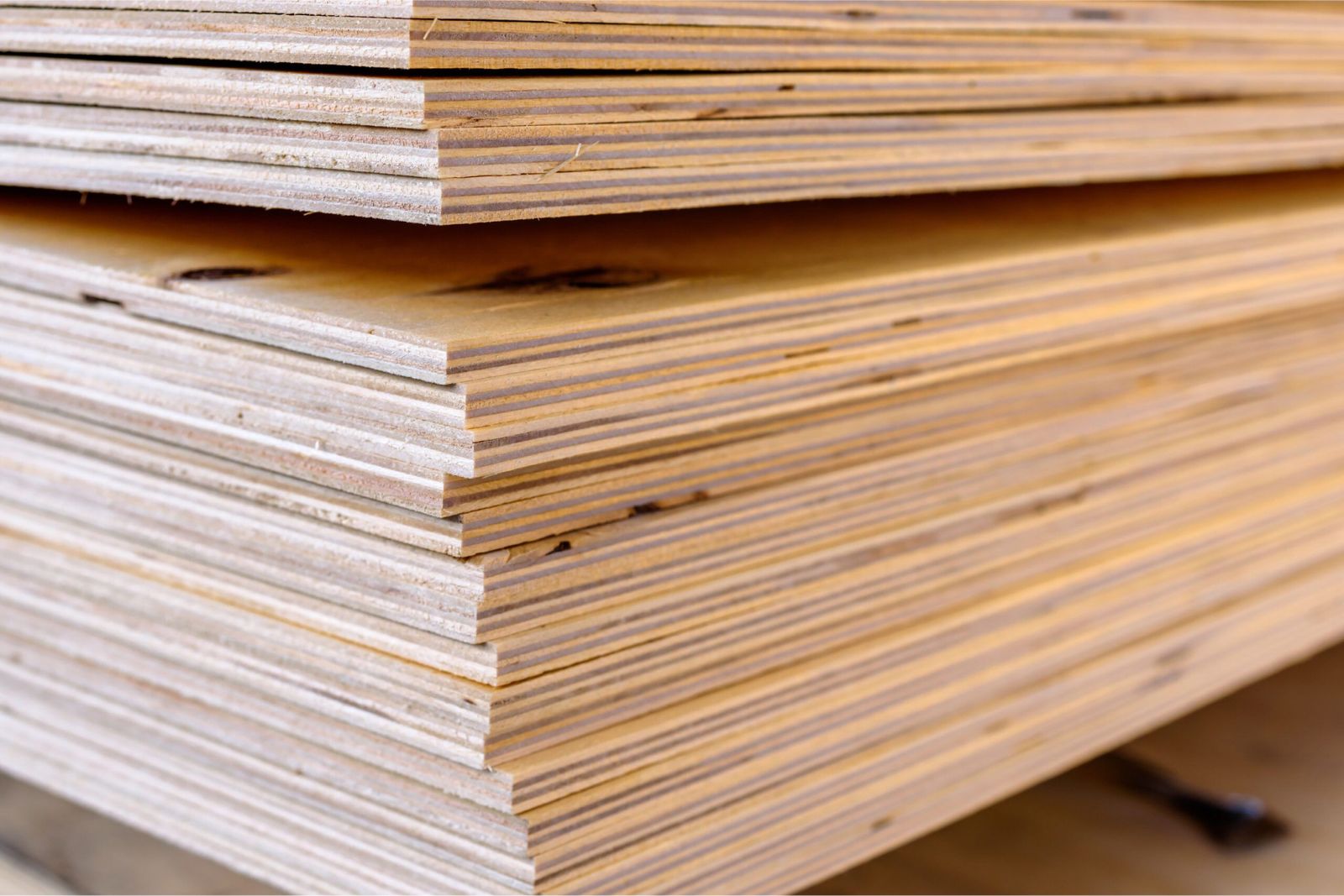
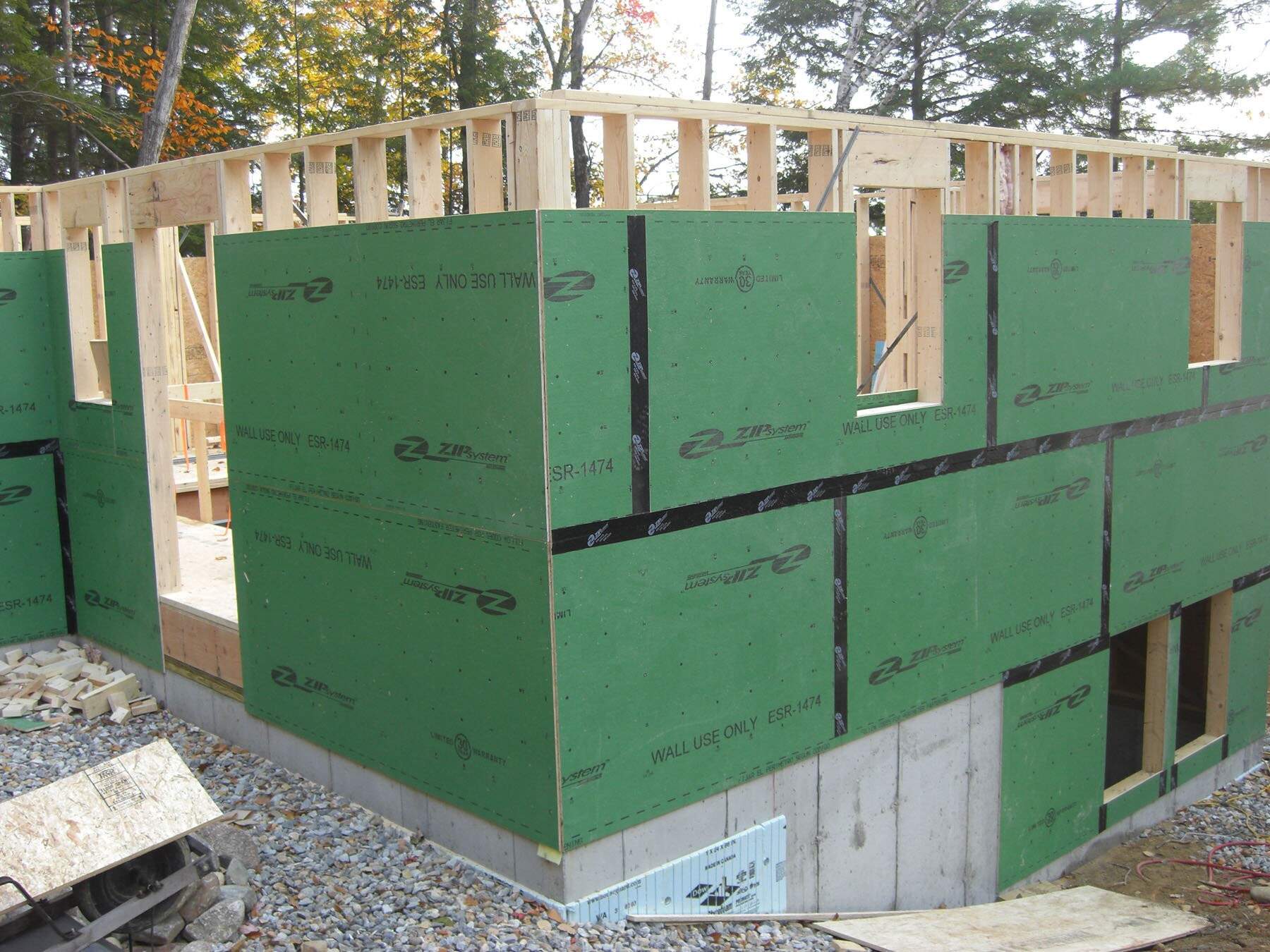
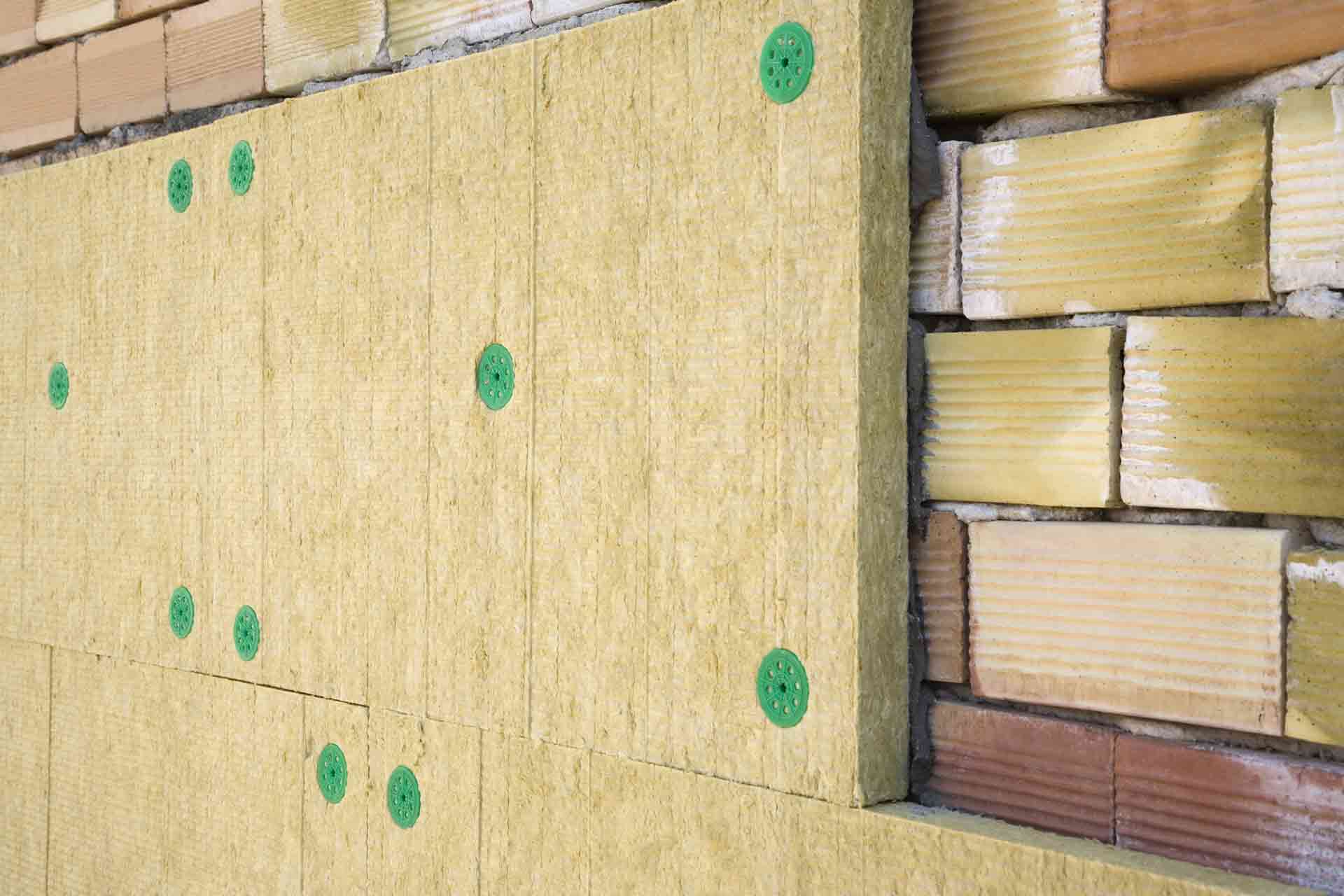
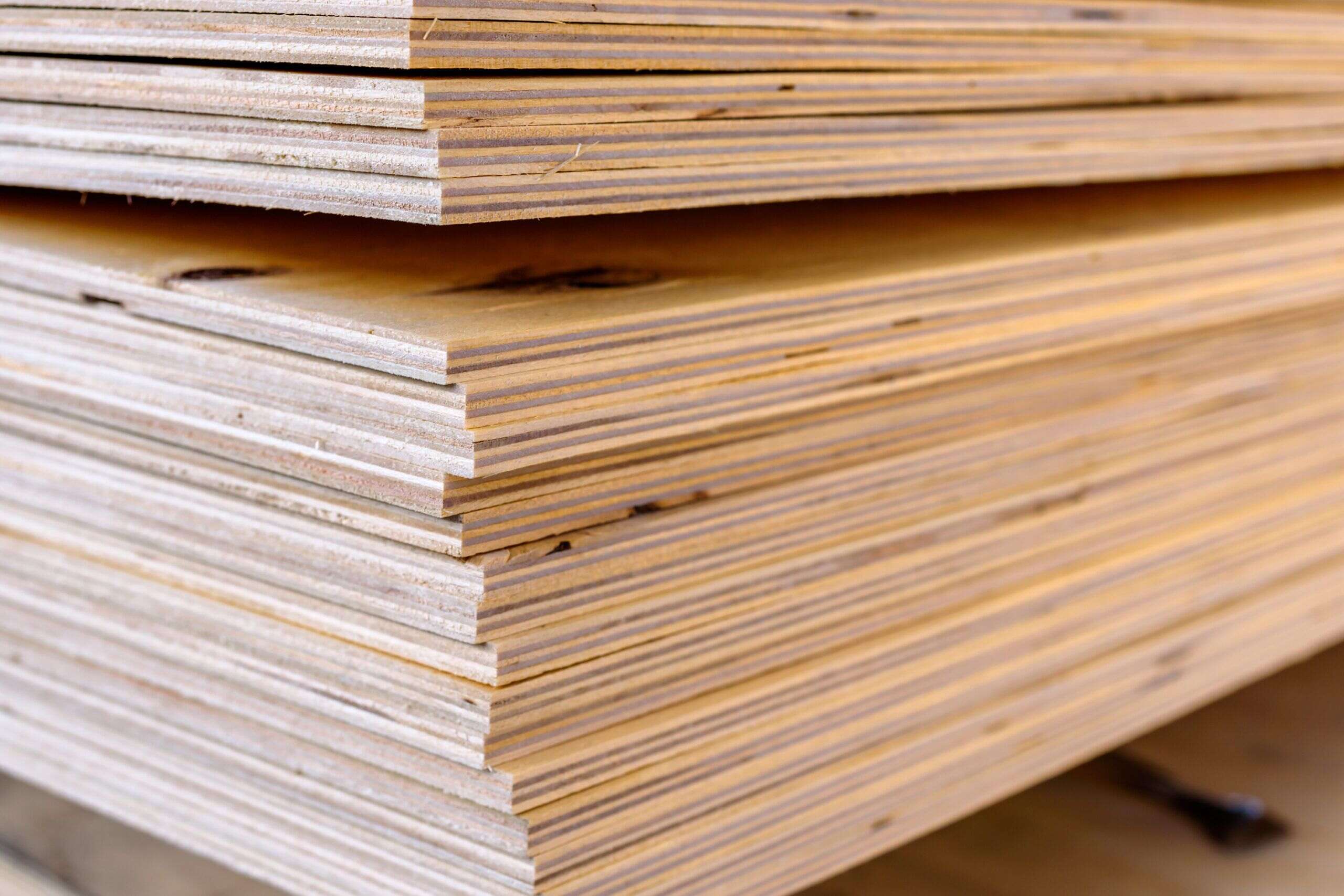


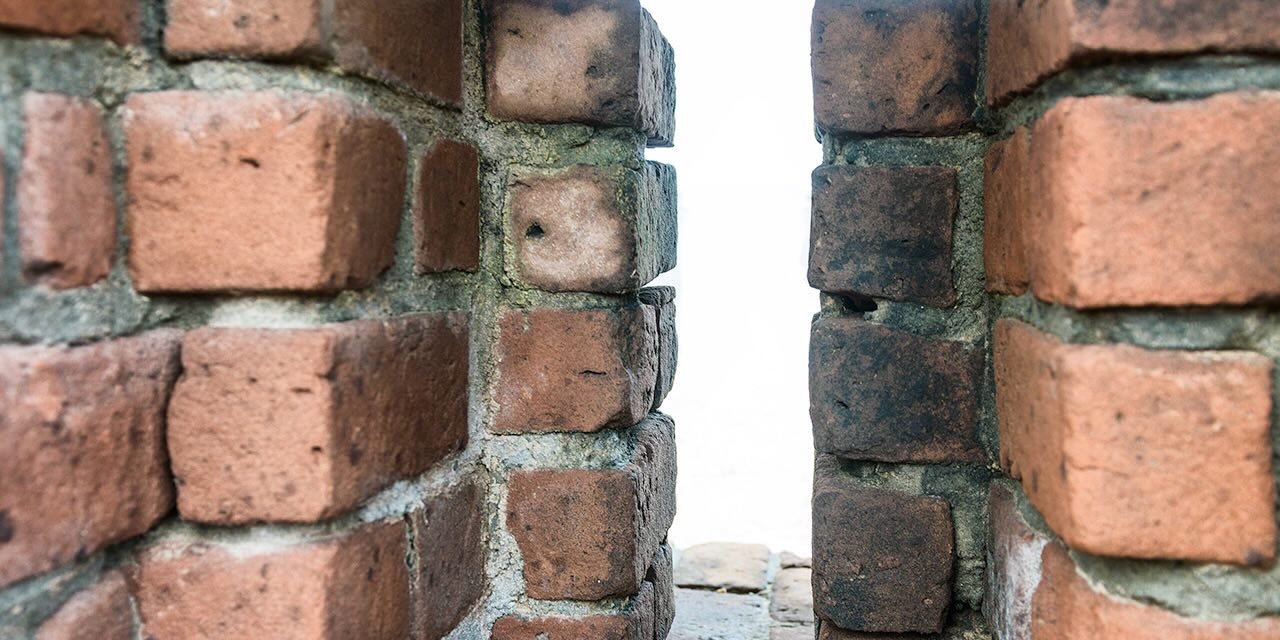
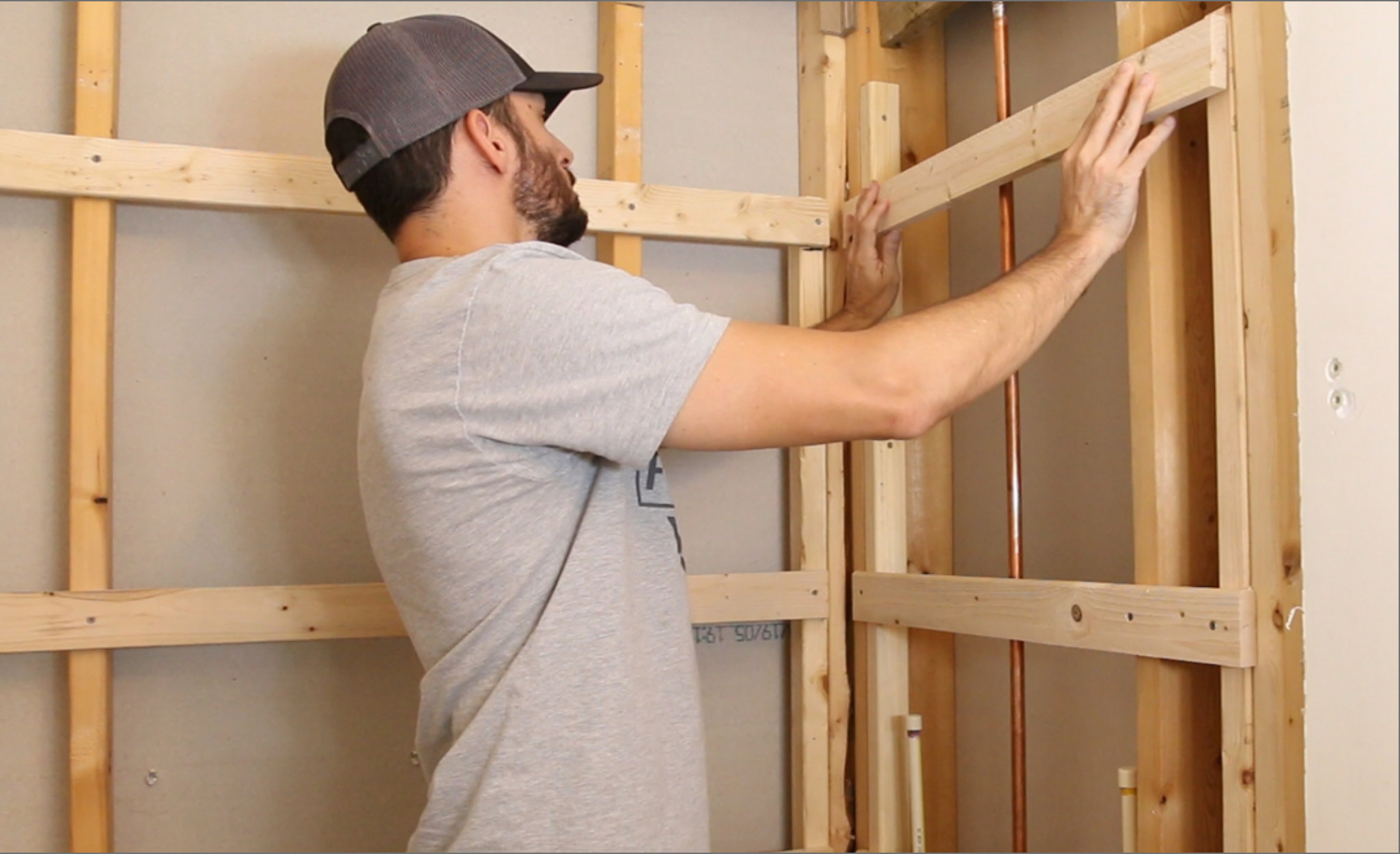
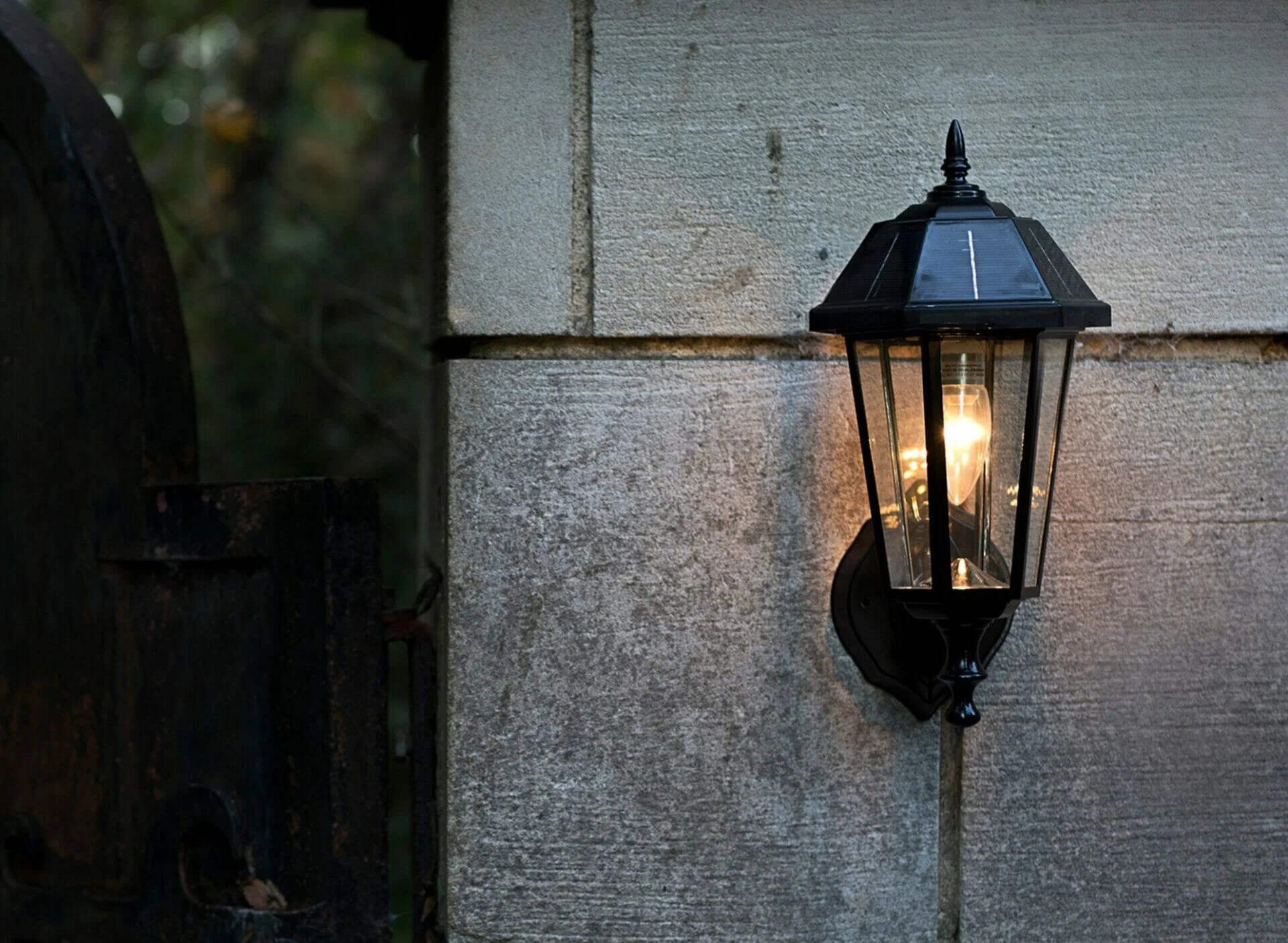
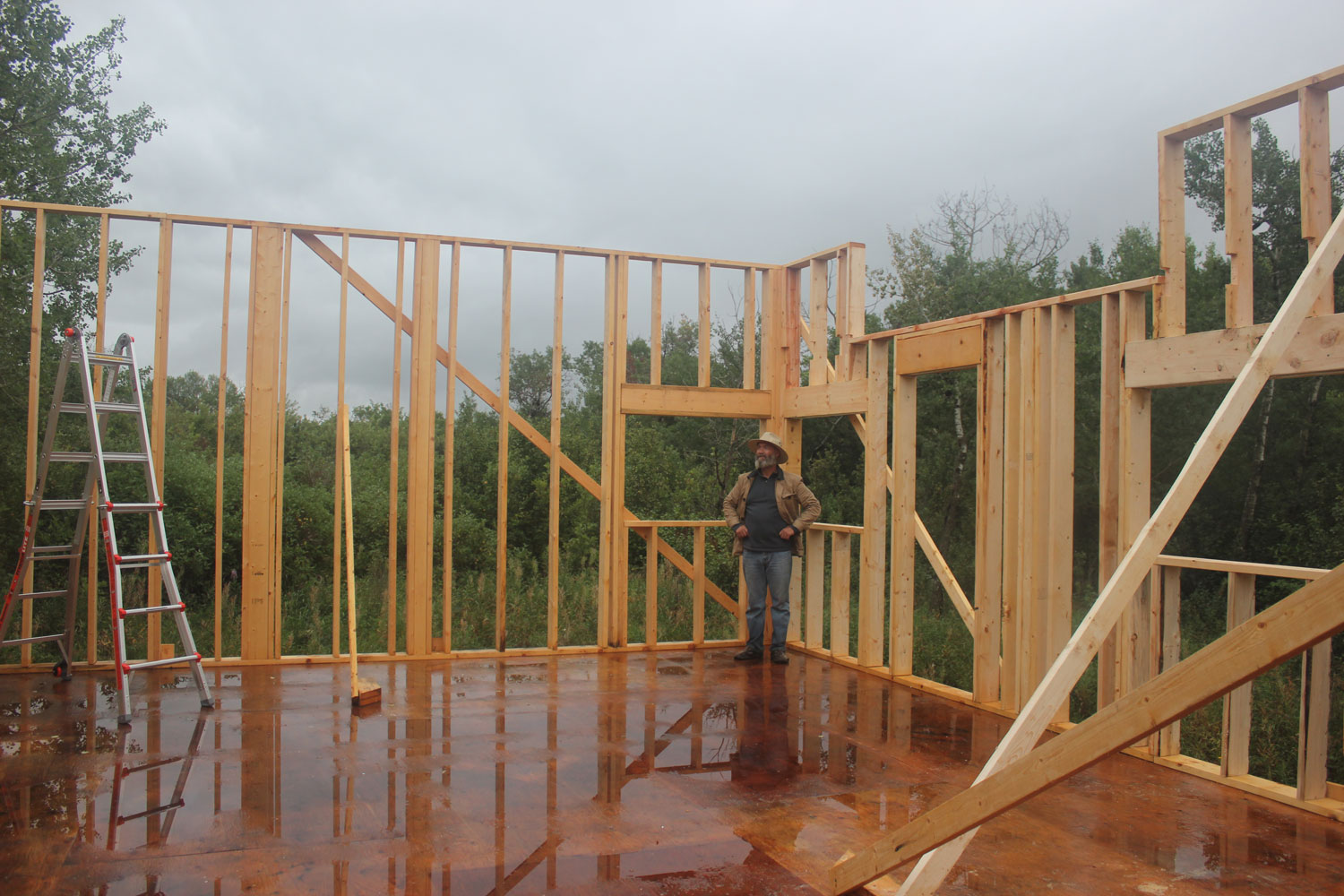
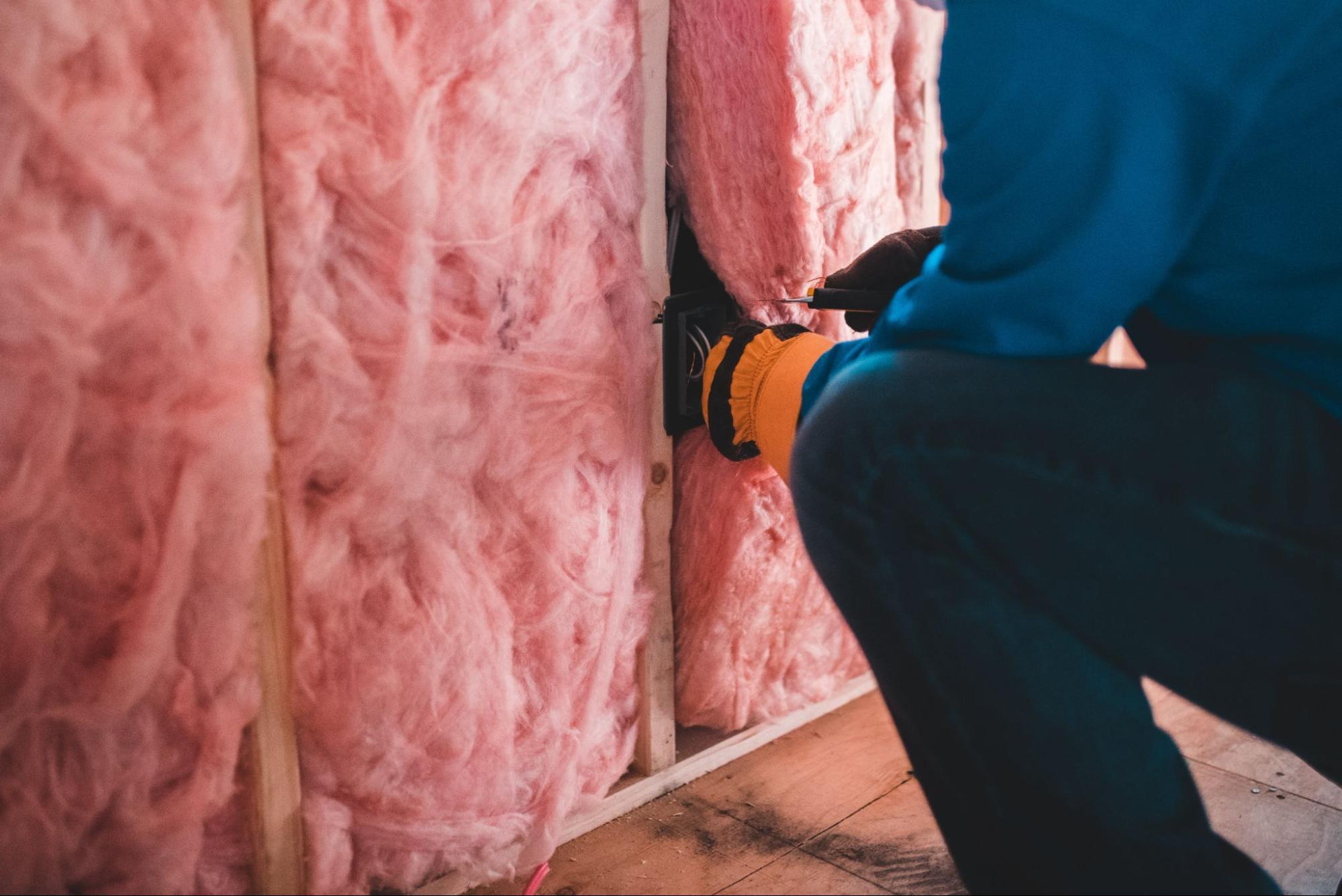
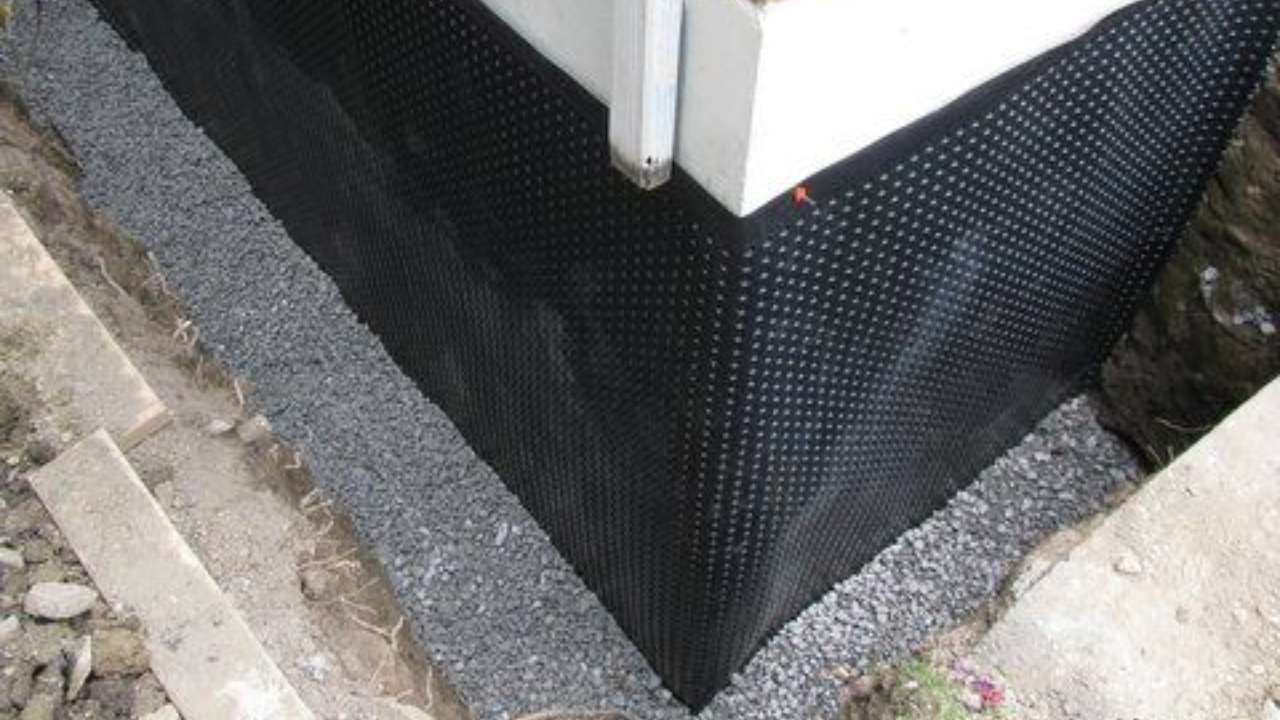

0 thoughts on “What Thickness Of Drywall Is Best For Exterior Walls”